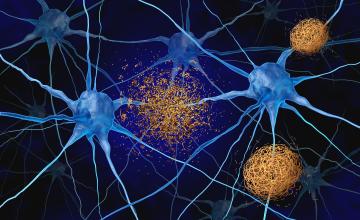Chances are you already know us
Over the years, since our foundation in Japan in 1950, we have built a strong tradition of innovating, developing, manufacturing and marketing high-quality in vitro diagnostics testing solutions worldwide.
The acquisition of Centocor Diagnostics, CanAg Diagnostics and Innogenetics have further bolstered our capabilities and expertise in various clinical areas.
Today, working closely with one of the world’s top commercial laboratories (SRL, Inc.), another entity within the H.U. Group, Fujirebio combines expertise and experience for the diagnostics market that is more potent than ever.

Product categories:
Products by diseases and disorders:
News & Events
View all news & upcoming eventsInsights in the world of Fujirebio
When To Use Blood-Based Biomarkers For Alzheimer's Disease Assessment
Accelerating Alzheimer’s diagnosis with blood-based biomarker testing
Studies indicate that patients may wait an average of more than three years for...
How Can You Diagnose Alzheimer's at the Earliest Stages?
Diagnosing Alzheimer’s at the earliest stages
An early Alzheimer’s diagnosis has never been more important — or more attainable — than it is today...
The Future of Alzheimer's Disease Diagnosis
What is the future of Alzheimer's disease diagnosis?
Two anti-amyloid drugs are now available to patients with mild cognitive impairment (MCI) or mild...
Everything You Need to Know About Amyloid Presence and Alzheimer’s Disease-modifying Therapies
Confirming amyloid pathology before administering Alzheimer’s disease-modifying therapies.
Approximately seven million Americans are currently living...
Video - The Scientist Symposium: Understanding Disease Through Biomarkers
The Evolution of AD Diagnosis: The Role of Biomarkers
Biomarkers are transforming the landscape of disease detection and diagnosis—especially in the...
Modern Alzheimer’s Diagnosis: What Clinicians Need to Know About Biomarkers and Staging
What PET scans, CSF assays, and blood tests reveal about Alzheimer’s — and how the A/T/N framework supports earlier, more accurate diagnoses.
Alzheimer...







